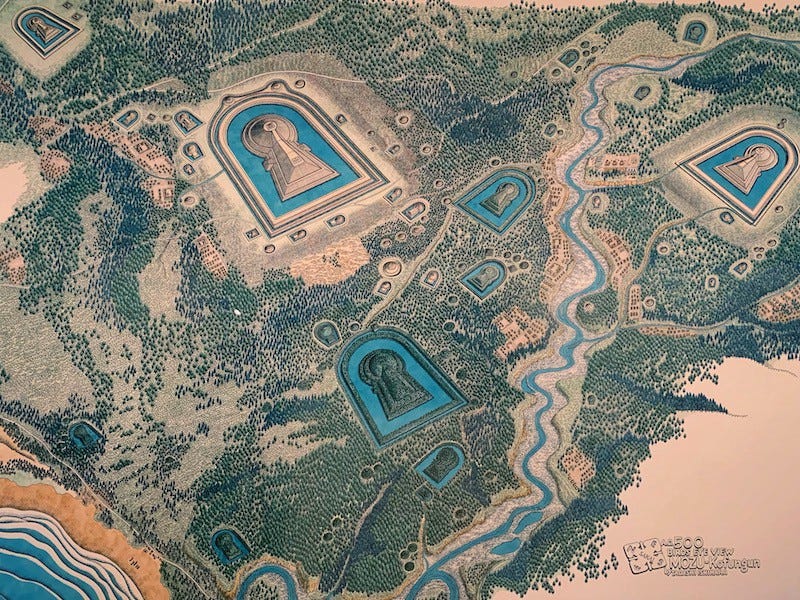Catoninetales_Amplitude
Prince
- Joined
- Sep 27, 2019
- Messages
- 409
Eagle_Pursuit once again quicker than I am. Perhaps you should rename yourself to Eagle_Vanguard, since clearly you are leading the way here.
Yes, we are delaying the final culture reveal until tomorrow as we need to make some tweaks.
So place your bets, people, who will it be?
Yes, we are delaying the final culture reveal until tomorrow as we need to make some tweaks.
So place your bets, people, who will it be?
Last edited:

